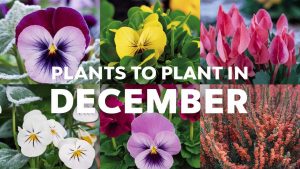As March arrives, gardeners in USDA Hardiness Zones 7 and above gear up for a busy month filled with exciting tasks and preparations. The arrival of spring brings new opportunities to start planting, prepare soil, and ensure that your garden flourishes throughout the growing season.
Below is a detailed guide with at least eight essential gardening jobs tailored specifically for Zones 7 through 11.
Zone 7: A Gardeners’ Paradise
Climate Overview:
Zone 7 sees winter minimums ranging from 10°F to 20°F, with a generous growing season of around 190 days. This zone is ideal for a diverse range of plants.
March Garden Jobs for Zone 7
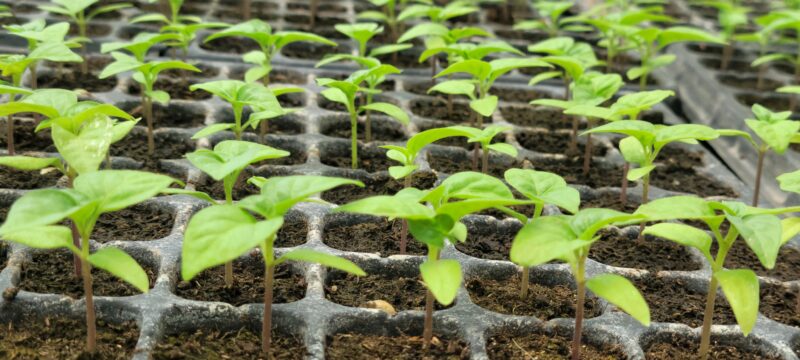
Sowing Seeds Indoors: Continue starting seeds indoors for heat-loving crops like tomatoes, peppers, and squash. This ensures that they are ready for transplanting once the risk of frost has passed.
Direct Sowing Peas and Other Cool Crops: Begin direct sowing early vegetables such as peas, lettuce, radishes, and spinach. These can thrive in the cooler temperatures of early spring.
Garden Bed Maintenance: Clean up and maintain your garden beds. Remove old plant debris, and amend the soil with compost or well-rotted manure to improve nutrient content.
Transplant Hardy Perennials: March is a good time to transplant hardy perennials that have been waiting for a home in your garden. Ensure you water them well after planting.
Fertilization: Apply a balanced fertilizer or organic soil amendment to your garden areas. This will support the growth of your vegetable and flower plants.
Setting Up Support Structures: As your plants start to grow, set up trellises, stakes, or cages for crops like tomatoes or climbing beans to encourage healthy vertical growth.
Watering Practices: Monitor moisture levels as spring progresses. Early spring can still be quite dry, so ensure your plants are well-hydrated without oversaturating them.
Weed Control: Start removing any early emerging weeds. Hand-pulling is a great way to get rid of them without using herbicides and allows you to tend to the soil.
Zone 8: Expanding Opportunities
Climate Overview:
Zone 8 features mild winters with temperatures rarely dropping below 20°F, providing a lengthy growing season of about 200 days.
March Garden Jobs for Zone 8
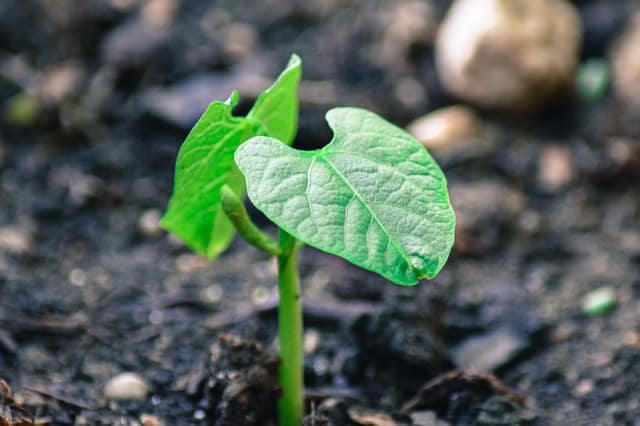
Direct Sowing Warm-Weather Crops: Late March is prime time to directly sow seeds for warm-season crops, such as beans, corn, tomatoes, and cucumbers. The soil is warming up and ideal for these vigorous growers.
Starting Plants Indoors: Indoors, continue starting seeds for tender annuals like basil and peppers. Ensure they receive ample light to produce strong seedlings.
Planting Potatoes: March is the month for planting potatoes. Prepare your soil by enriching it with organic matter, and then plant your seed potatoes.
Setting Up a Drip Irrigation System: As temperatures rise, consider setting up a drip irrigation system to efficiently water your garden and save resources.
Pruning Spring-Blooming Shrubs: Now is a good time to prune spring-blooming shrubs immediately after their flowers fade. This will help shape the plants and promote new growth.
Soil Testing: Conduct a soil test to determine nutrient levels, pH, and other important indicators to prepare for planting. Amend the soil accordingly based on test results.
Mulching for Moisture Retention: Apply a thick layer of mulch around your plants to retain moisture, suppress weeds, and keep the soil temperature stable.
Beneficial Insects Introduction: Consider introducing beneficial insects like ladybugs or lacewings to help control any early pest populations in your garden.
Zone 9: Almost Year-Round Growing
Climate Overview:
Zone 9 enjoys milder winters, typically with temperatures ranging from 20°F to 30°F, allowing for nearly year-round growing opportunities, sometimes extending up to 300 days.
March Garden Jobs for Zone 9
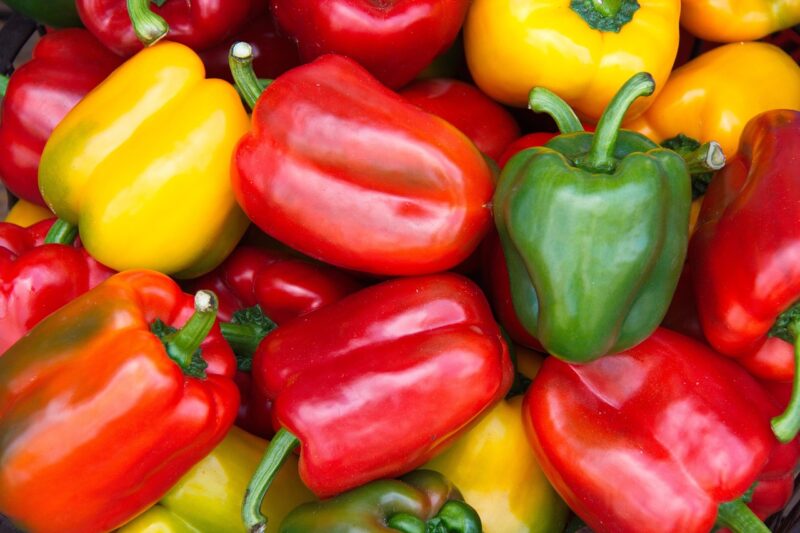
Planting Succession Crops: Continue to plant successions of cool-weather crops like lettuce, radishes, and beets throughout March for a staggered harvest.
Starting Summer Crops: Begin sowing seeds for summer crops such as tomatoes, peppers, and eggplants indoors or in a greenhouse to maximize growth.
Direct Sowing Beans: As the soil warms, direct sow fast-growing crops such as bush beans and squash, which thrive in Zone 9’s milder conditions.
Weed Control and Maintenance: Keep up with weed control, as temperatures start to promote rapid weed growth. Hand weeding or using organic mulches can help.
Irrigation System Preparation: Set up or fine-tune your irrigation systems. Drip irrigation can be particularly useful in warmer months to save water and ensure plants are adequately hydrated.
Rose Pruning: For flowering shrubs like roses, March is the last opportunity to prune them before they start putting on new growth. Shape and thin them out for optimal blooms.
Pest Monitoring: As plants begin to wake up and push out new growth, keep an eye out for any signs of pests or disease, and take action early to prevent infestations.
Planning and Rotating Crops: Take this opportunity to plan your garden layout and crop rotations. Consider planting different crops in different areas to naturally prevent soil-borne diseases.
Zone 10: Tropical and Subtropical Regions
Climate Overview:
Zone 10 features warm winters with temperatures rarely falling below 30°F, allowing for flourishing gardens and multiple harvests throughout the year.
March Garden Jobs for Zone 10
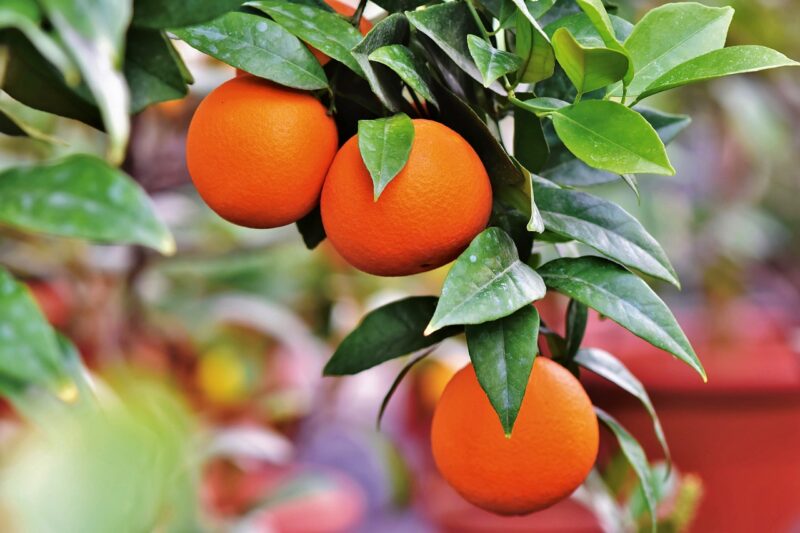
Direct Sowing Warm-Weather Crops: March marks the optimal time for sowing warm-season crops like tomatoes, cucumbers, and peppers directly into well-prepared garden beds.
Harvesting Existing Crops: Your garden may still be producing a good supply of vegetables and fruits. Keep harvesting and enjoy the bountiful yield.
Fertilization: Fertilize your vegetable and flower beds with high-nitrogen fertilizers to promote robust growth as temperatures rise.
Pest Control Management: Implement integrated pest management techniques to protect your plants from pests. Consider using beneficial insects like parasitic wasps.
Orchard Maintenance: If you have fruit trees, this is an excellent time for pruning. Taxi dead or damaged branches to maintain structure and airflow within the canopy.
Mulching for Moisture Retention: Apply organic mulch around your plants to retain moisture and discourage weed growth as temperatures rise.
Planting Tropical Fruits: March is a prime time to plant tropical fruits like mangoes, papayas, and avocados, which thrive in the warm climate of Zone 10.
Watering Practices: Monitor your watering routine carefully; as the weather warms, ensure your plants receive consistent moisture. Consider a drip irrigation system to maintain efficiency.
Zone 11: The Ultimate Tropical Gardening Experience
Climate Overview:
Zone 11 encompasses southern Florida and similar tropical areas, where winter temperatures rarely experience frost and the growing season is nearly continuous.
March Garden Jobs for Zone 11

Potting Tropical Plants: March is an ideal time to pot tropical plants if you’ve had any indoors. Get them settled into larger pots to accommodate their growth.
Starting Seeds: Begin propagating seeds for tropical vegetables like okra, eggplant, and peppers to get ahead of the growing season.
Fruit Tree Maintenance: Prune and care for subtropical fruit trees to promote healthy growth and larger yields. Focus on mangoes, lychees, and avocados during this time.
Mulching and Watering: Apply a thick layer of mulch around plants to retain moisture. As temperatures can spike, regular watering will be essential.
Weed and Pest Monitoring: A proactive approach to monitoring for weeds and pests will go a long way in maintaining your garden’s health. Identify and remove any threats early on.
Planting Flowering Perennials: Now is the time to plant fast-growing and tropical flowering perennials. Consider colorful varieties that thrive in warm, sunny conditions.
Composting: Start or tend to a compost pile. With the year-round growing potential, composting allows you to recycle kitchen scraps and garden waste, enriching your soil.
Landscape Planning: Use this opportunity to enhance your landscape by incorporating ornamental plants and creating a cohesive garden design that thrives in balmy conditions.




